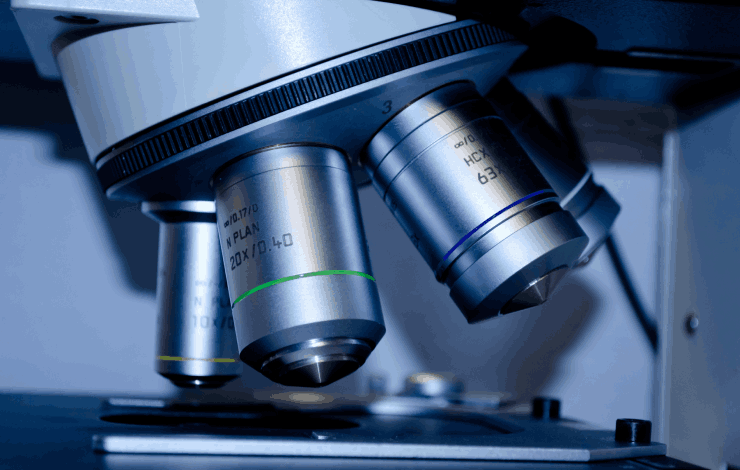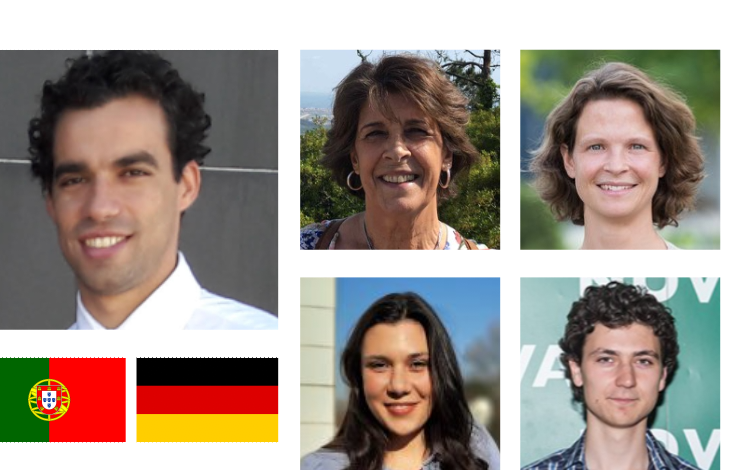05-05-2023

Cristiano Mota, researcher at the XTAL - Macromolecular Crystallography research lab at UCIBIO – FCT NOVA, coordinates the project that has been awarded funding in the scope of the Programme for Cooperation in Science between Portugal and Germany - 2023-24. This call for joint project proposals from Portuguese and German research teams is launched by Fundação para a Ciência e Tecnologia (FCT) and the Deutscher Akademischer Austauschdienst (DAAD) for exchanging researchers within the framework of joint research projects.
The project “Unveiling the catalytic mechanism of Mo enzymes: Towards efficient carbon dioxide fixation and arsenic detoxification” has been selected for funding in the joint call for research proposals from Portuguese and German teams, launched by the Foundation for Science and Technology (FCT, I.P.) and the Deutscher Akademischer Austauschdienst (DAAD) to exchange researchers in the context of joint research projects. It will be developed by the Portuguese team, which includes the researchers Maria João Romão, Teresa Santos Silva, Filipa Engrola, and Guilherme Vilela Alves, in cooperation with a German team from the University of Hamburg and the T-REXX beamline at PETRAIII (Arwen Pearson, Eike Schulz, Henry Gieseler).

The Portuguese team is coordinated by Cristiano Mota and includes the researchers Maria João Romão, Teresa Santos Silva, Filipa Engrola, and Guilherme Vilela Alves
Cristiano Mota highlights that “this funding will enable to train young researchers in both labs, enhancing the collaboration between the two teams and preparing for future joint applications into the fields of As biosensing and bioremediation or CO2 fixation”.
Mo/W enzymes are key players in all biological systems, catalysing numerous redox reactions, but their biotech potential is underexploited due to poorly understood reaction mechanisms. Arsenite Oxidases (Aios) and formate dehydrogenases (Fdhs) are Mo/W enzymes and catalyse essential reactions to bacterial metabolisms, bioenergetics, and biogeochemical cycles with potential biotechnological applications. Fdhs are unique enzymes that catalyse the reversible reduction of CO2 to formate. This ability is one of the promising routes to greenhouse gas sequestration and safe hydrogen transport/storage, with potential impact in the development of hydrogen fuel cell applications. On the other side, Aios from organisms adapted to live in As rich environments metabolise toxic arsenic salts. As is a major threat to human health, considered by World Health Organization as one of the top 10 chemicals of primary public health concern. It is present in contaminated ground water, threatening the poisoning of ~220 million people worldwide. The predominant water-soluble forms are arsenate As(V) and arsenite As(III) and, while both species are harmful to human health, Aio converts the most toxic species, As(III), to the less toxic one, As(V).
Arwen Pearson, from the University of Hamburg, is an expert in the field of Structural Biology and one of the responsibles for the development of the TREXX beamline at PETRA III synchrotron. This collaborative project aims to fill the knowledge gap and unveil the catalytic mechanism of these two enzymes by performing time resolved - serial synchrotron X-ray crystallography experiments (TR-SSX).